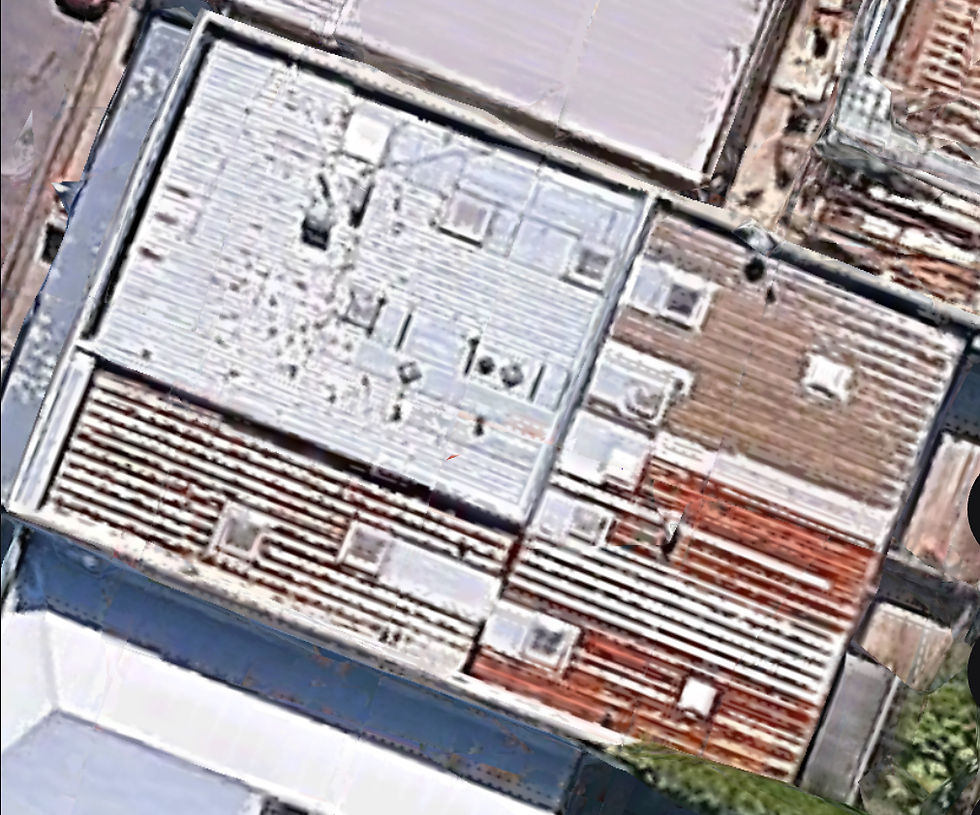Skylight vs. Sun Tunnel: what’s the difference?
- ajraea
- Mar 29, 2024
- 3 min read
Updated: Apr 20, 2024
In the quest to brighten homes with natural light, skylights and sun tunnels have emerged as popular choices.
These roof-based installations offer unique benefits, but understanding their differences is key to making the right decision for your home. With many years of experience, our team at Auckland Skylights is here to guide you through the skylight vs. sun tunnel dilemma, ensuring you find the perfect fit for your budget and needs.
Table Of Contents

Difference between Skylights and Sun Tunnels
Both skylights and sun tunnels serve the purpose of introducing natural light into your home, albeit through distinct mechanisms.
Skylights: These are essentially windows installed directly on your roof, available in vented (opens to the outside) and fixed (sealed) options. Vented skylights offer manual, electric, or solar-powered opening mechanisms, catering to various preferences. They can be customized for unique spaces or architectural designs.
Sun Tunnels: Also known as tubular skylights, consist of an acrylic dome on the roof connected to a prefabricated tube with a light diffuser on the ceiling end. They capture and magnify light, directing it into the room through the tube. Sun tunnels come in flexible or rigid forms, depending on installation needs.
Skylights vs. Sun Tunnels: how to choose what’s right
To help you make an informed choice, let's compare skylights and sun tunnels across crucial factors:
Installation Complexity: Skylights involve significant construction work, including cutting holes in the roof and ceiling, framing, flashing, and finishing touches. Sun tunnels, while still requiring roof and ceiling openings, are comparatively easier and quicker to install.
Light Intensity: Skylights offer direct outdoor views and allow more natural light into a room, making them ideal for spaces needing ample illumination. Sun tunnels provide sufficient light but may be preferred for areas lacking natural light access.
Cost: Skylights generally incur higher costs due to materials, labour, and construction complexity. Sun tunnels are more budget-friendly, making them an attractive option for homeowners seeking cost-effective lighting solutions.
Lightwell Depth: Consider the distance between the ceiling and roof when choosing between skylights and sun tunnels. A deep lightwell in skylights may limit effective light transmission into the room, especially in smaller spaces or areas with obstructive architectural features.
Roof Structure Compatibility: Skylights may require significant alterations to the roof structure, especially in buildings with closely spaced rafters or trusses like those in concrete tile buildings. Installing skylights might also necessitate building consent, adding to the complexity and cost. Sun tunnels can be a better option in such cases due to their easier installation and compatibility with various roof structures.
Ideal Use and Size: Determine the ideal lighting solution based on the size and purpose of the space. Sun tunnels are suitable for smaller areas like hallways, laundry rooms, and ensuites where natural light is needed but a full skylight may not be practical. Skylights are typically preferred for larger spaces such as bedrooms, living areas, and sometimes kitchens, where maximizing natural light and outdoor views are priorities.
Making Your Decision
Ultimately, the choice between a skylight and a sun tunnel depends on your priorities and budget. Skylights offer superior light intake but come with higher installation and maintenance costs. Sun tunnels, on the other hand, are affordable, easy to install, and suitable for areas requiring moderate lighting.
Before proceeding, ensure you engage an experienced installer to avoid potential issues and maximize the benefits of your chosen lighting solution. For tips on choosing the right skylights click here.
The team at Auckland Skylights is here to help you every step of the way.
Get your free quote today.
Call us on 09 440 9820, or email brighterspace@aucklandskylights.co.nz or click here to send in a contact form


